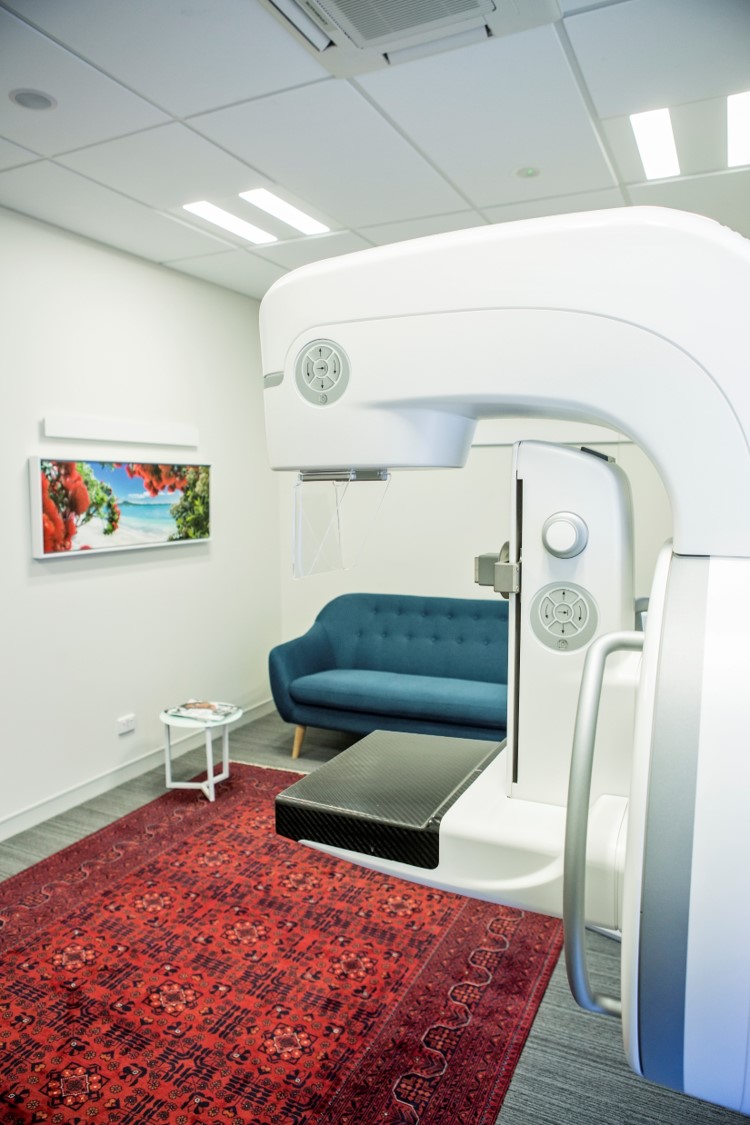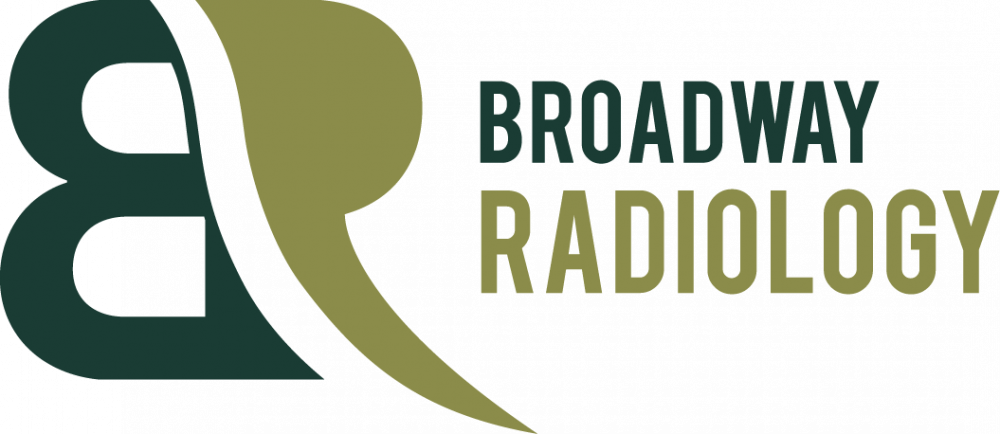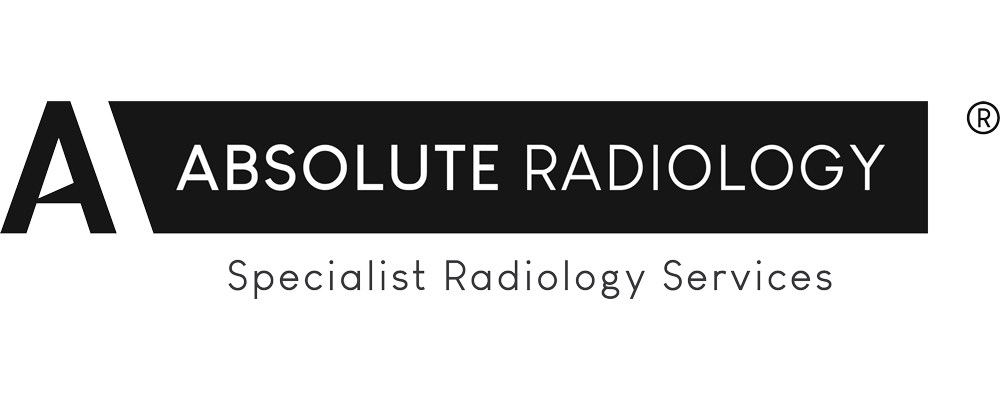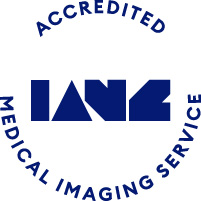Mammography is a specialised radiograph of the breast.
What is a mammogram?
Mammography is a specialised radiograph of the breast. It is a safe procedure with very low radiation used to show the breast tissue. Each breast is imaged separately. The breast is held gently but firmly between two plastic plates on the mammography machine for a few seconds.

Why would I have a mammogram?
Mammography is the most accurate screening test for breast cancer. It can detect small changes in breast tissue before they are able to be felt.
Mammography is also used to diagnose an area of concern already identified by you or your doctor. Breast cancer is the most common cancer in New Zealand women with one in nine women developing breast cancer in her lifetime¹.
Early detection gives women a better chance of a cure for breast cancer. A firm supporter of Breast Cancer Cure, we recommend you visit their web site for more information at www.breastcancercure.org.nz
1. 2012 The New Zealand Breast Cancer Foundation
When should I have a Mammogram?
We recommend annual mammograms from the age of 40 for routine surveillance. If you are experiencing any concerning symptoms please see your GP prior to making an appointment with us as we require a referral letter.
We offer breast screening for women under 40 years who are experiencing concerning symptoms and have a doctors referral.
Who should have a mammogram?
Regular screening mammography is recommended for all women over 40 years of age.
- Women from 40 – 50 years should have annual mammography
- Women over 50 years of age may continue to have annual mammography or opt to have two-yearly mammography. If you are unsure which applies to you, discuss this with your doctor
- Women who have had a previous breast cancer should have annual mammography
- Women who have a first degree relative (mother or sister) who has had breast cancer should start having mammograms ten years before the age at which their relative was diagnosed
- Screening mammography after 70 years is recommended and this should be every 1 -2 years.
Concerns about mammography
Some women have concerns about:
- Radiation - the dose of radiation used is very low and less than you would get in a year from natural background radiation
- Breast compression - most women find the compression no more than uncomfortable. If you have had recent breast surgery, have breast implants, or found your last mammogram very uncomfortable, please discuss this with the mammographer (specialist breast x-ray technician) prior to your examination as there are ways to help manage your discomfort.
The appointment generally takes about 20 minutes.

Pre Examination
Before your Examination
- On the day of your mammogram please do not use deodorants, talcum powder or body lotions in the breast or underarm area. You are welcome to bring them with you to apply after your examination.
- You will need to undress from the waist up so it is advisable to wear a skirt or trousers. There will be a comfortable cape or gown available for you to wear.
Upon Arrival
Please remember to bring the referral note from your doctor.
We encourage you to bring along any previous mammograms to your appointment, it is important for the Radiologists interpreting the mammogram to have previous studies for comparison in order to look for any areas of change.
Your Examination
A skilled, qualified mammographer will take at least two images of each breast. Each breast is gently placed on the mammography machine and lightly compressed with a plastic paddle. This flattening of the breast reduces the breast thickness and hold the breast still, which reduces the radiation dose and optimises the quality of the image.
Most women describe the compression as uncomfortable, rather than painful. If you find the compression painful, please discuss your concerns with the mammographer who will make every effort to eliminate any distress.
Sometimes further mammograms are needed to show an area of the breast more clearly. Don't be overly concerned if this occurs. An ultrasound scan may also be necessary to complete your examination.
Post Examination
After the images are taken, you will be asked to wait until the mammographer has viewed them to see if any more are needed.
Your images will then be read independently by at least two Radiologists and a report will be sent to your referring doctor.
A small number of women will need further investigations after a mammogram. This may be additional mammography or an ultrasound. A recall does not mean you have breast cancer. If you require further imaging we will be in contact with you.







